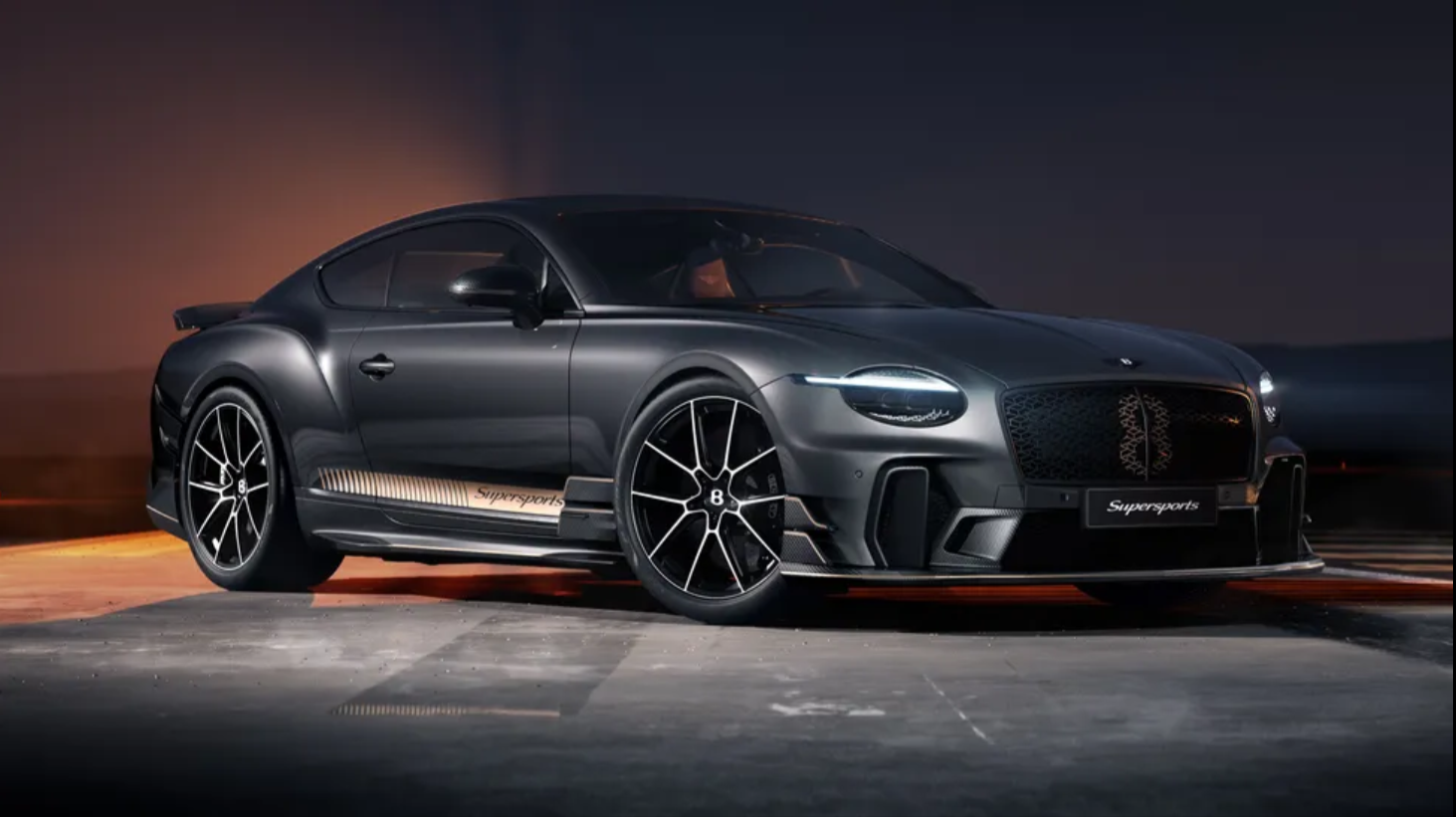With an outside shot of scoring a first race win of 2022 Mercedes decided to take a risk, opting for a one-stop strategy with almost everyone else on a two-stop.
That meant in the closing stages of the race - with Verstappen leading but Hamilton and Russell running second and third - Red Bull would need to pit for fresh tyres and then reel in both Mercs in a frantic climax to the grand prix. Exciting stuff.
Alas, it didn’t happen. On lap 44 AlphaTauri’s Yuki Tsunoda stopped on the circuit, telling the team that a tyre hadn’t been fitted properly at the pit stop. But as he undid his belts to get out, the team told him that the wheels were fine and that he should carry on. All very odd.
Then it got more odd. Having limped back to the pits and had his belts rebuckled, Tsunoda pulled over again almost immediately reporting he still had a problem. This time he did get out, the race was neutralised with a virtual safety car, and that gave Verstappen a window to stop for new tyres and still retain the lead. And Hamilton’s dream of victory was basically over.
Or was it? A few laps later Alfa Romeo’s Valtteri Bottas retired with an engine failure on the main straight, this time bringing the real safety car out and bunching up the field. Red Bull decided to give up the lead to fit Verstappen with fresh soft tyres, giving Mercedes a three-fold headache: pit both drivers and have no hope of winning, pit one driver and maybe hold off Verstappen for victory, or pit neither and use Russell as a roadblock to give Hamilton a fighting chance at the restart.
On Russell’s insistence they went for the middle option, leaving Hamilton a sitting duck against Verstappen (where have we seen that before?) when racing resumed. On old tyres he soon lost out to his teammate and Leclerc too; cue much swearing on the radio.
Safety cars aside it’s likely Verstappen would’ve won anyway, but given his lead in the championship and Merc’s struggles this season it would’ve been nice to see the race play out on pace alone.
And it seems a growing number of fans are getting frustrated with F1’s safety car rules, such is the advantage drivers gain through pure luck.
Can anything be done about it? And more to the point, should anything be done about it? We’ve got to remember that for every close race that’s spoiled by a safety car, there’ll be a dull one that comes alive because of it. Can’t have it both ways.
But maybe the virtual safety car rules could be tweaked: instead of forcing the drivers to slow down around an entire lap, what if they only had to slow down in the part of the track where there’s a problem? Then the advantage gained by pitting during a VSC would be much smaller, and less likely to influence the result later on.
Source










.jpg)


.jpeg)

.jpeg)
.jpeg)

